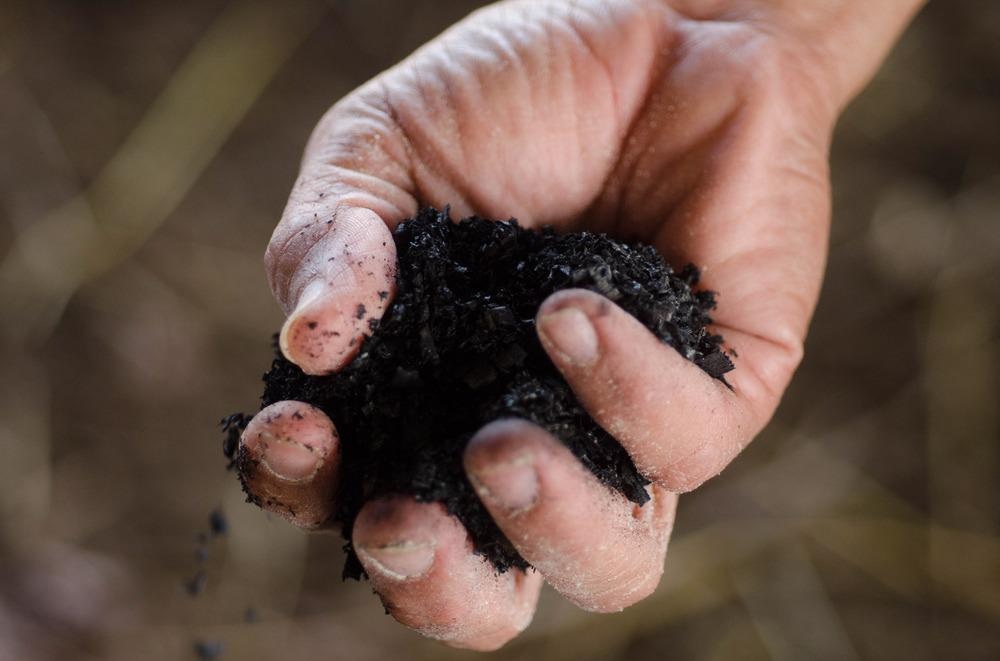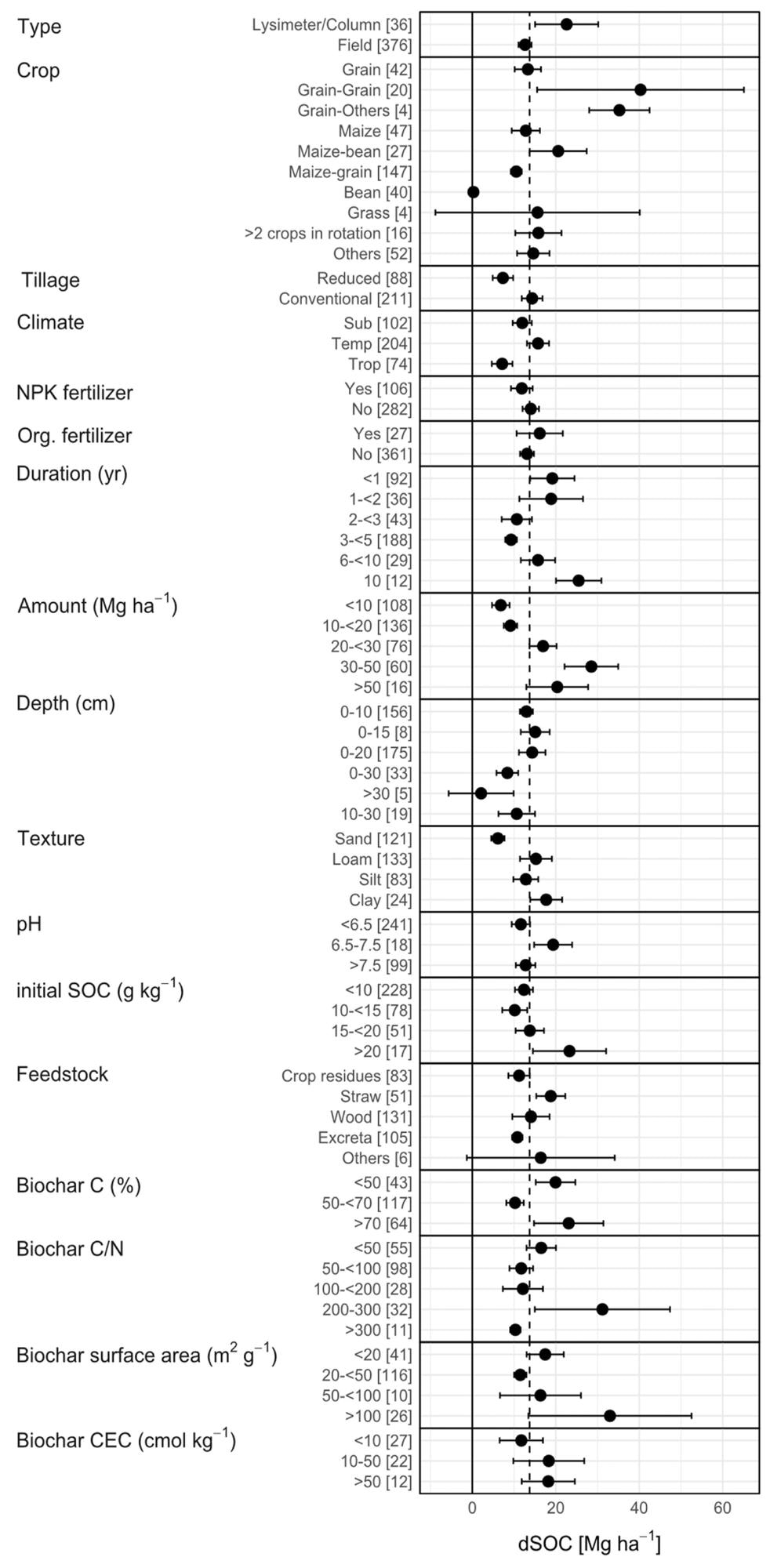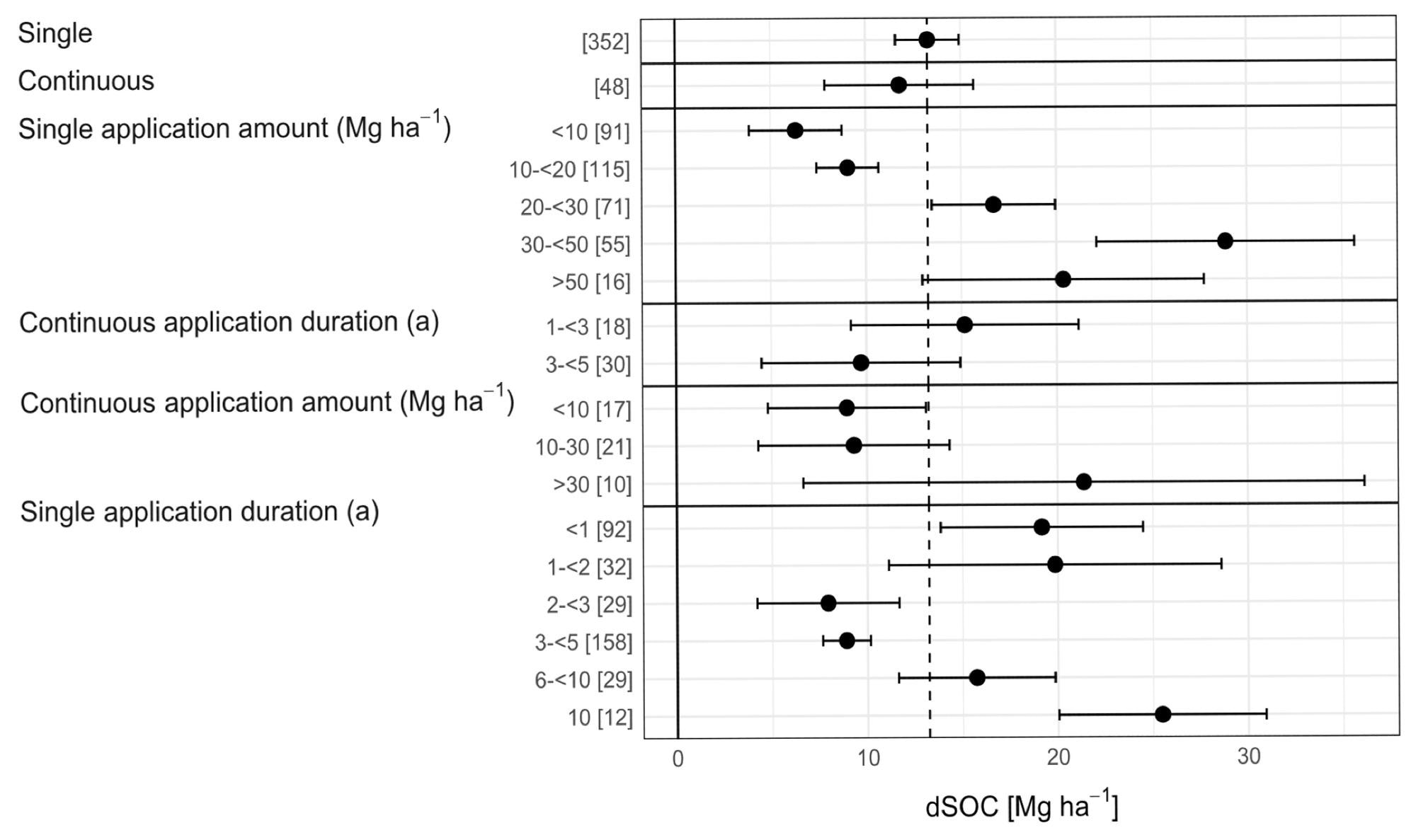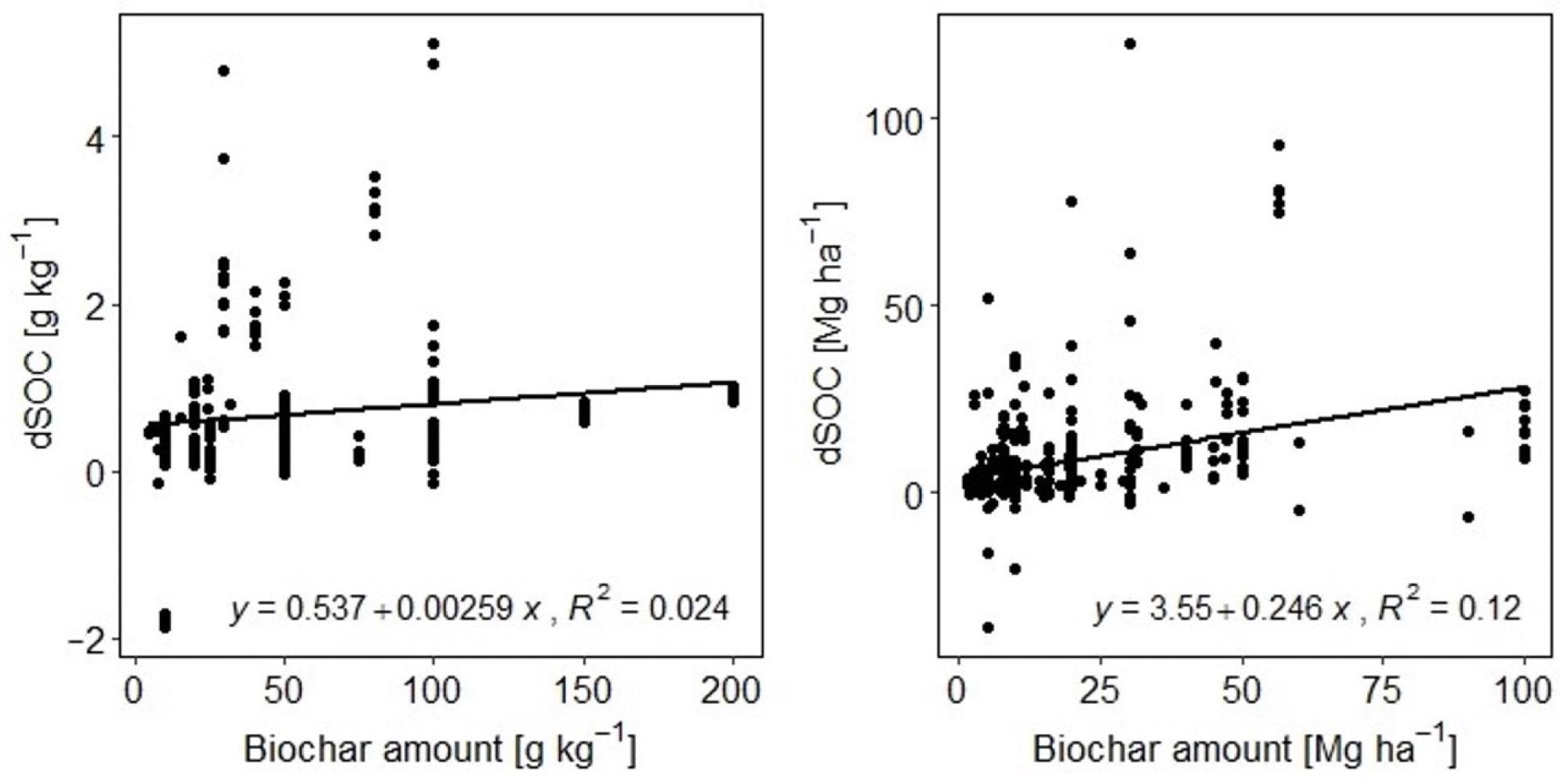Biochar application to soil offers intriguing possibilities for carbon sequestration, but the technologies in the field are still relatively new and the long-term environmental fate of biochar is still poorly understood. To fill the research gap in this area, a team of researchers writing in Agronomy have presented a global meta-analysis study.

Study: Soil Organic Carbon Sequestration after Biochar Application: A Global Meta-Analysis. Image Credit: paroonkorn srichan/Shutterstock.com
Sequestering Carbon
Anthropogenic climate change is causing the world to heat up to dangerous levels. In line with the Paris Agreement, nations have committed to keeping global temperature rises below 2oC, with efforts to reach 1.5oC also set out in global targets. To keep in line with the target of net-zero carbon by 2050, the EU’s Green Deal commits to reducing carbon emissions to 55% of their 1990 levels by 2030.
Aside from significantly scaling back carbon emissions by moving away from fossil fuels toward more renewable and sustainable alternatives, technologies that can remove carbon from the atmosphere are being extensively researched currently.
Aside from Carbon Capture and Storage technologies which turn atmospheric carbon dioxide into solid carbon that can be stored underground or reused for other industrial activity, the idea of sequestering carbon in soil has been given research focus.

Meta-analysis results of the “field-dataset”, given as a forest plot. Presented is the mean difference of soil organic carbon stocks after biochar application (dSOC) influenced by different data groups. Number in brackets represent the number of included treatments. Points within the range represent the mean dSOC and the line within the 95% confidence interval represents the range of the effect size. If the effect size range crosses the “zero-effect-line”, given as a solid vertical line at 0%, the result can be interpreted as statistically insignificant. The effect sizes of each group were considered to be significantly different at p < 0.05 from each other if the 95% confidence intervals were not overlapping. The vertical dotted line represents the grand overall mean. Image Credit: Gross, A et al., Agronomy
SOC Sequestration: Using Nature to Store Carbon
Soil is known to be a superior carbon sink. They play a role in the natural carbon cycle, which controls the amount of carbon present within the environment. Soil contains more carbon than the atmosphere and terrestrial plants combined. The process of storing organic carbon in soils is termed SOC sequestration. Studies have studied how practices such as afforestation and the use of soil amendments can increase the amount of carbon sequestered in soil.
SOC sequestration does not just remove CO2, it also enhances soil quality and therefore improves areas such as food security, ecosystem functions, and climate change resilience. Strategies to improve SOC sequestration stocks have been explored including agroforestry and soil amendments such as sewage, straw, manure, and sludge.
These strategies differ in their long-term natures and ability to store carbon, with agroforestry showing particular promise. Amendments must be applied regularly for the long-term storage of carbon.
Using Biochar as a Soil Amendment
Another alternative is to use carbon-rich soil amendments that have low decay rates and long mean residence times. Biochar is a particularly attractive option due to its stability and industrial-scale production potential, which is only limited by the amount of available biomass. Biochar is also an attractive alternative due to its potential to increase the availability of nutrients, crop yields, availability of water in the soil, and microbial biomass and soil diversity.

Meta-analysis results of the “field dataset”, given as a forest plot. Presented is the absolute mean difference of soil organic carbon stocks (dSOC) after the application of biochar influenced by whether the application was conducted once (single application) or repeatedly (continuous application). Points within the range represent the mean dSOC and the line within the 95% confidence interval represents the range of the effect size. If the effect size range crosses the “zero-effect-line”, given as a solid vertical line at 0%, the result can be interpreted as statistically insignificant. The effect sizes of each group were considered to be significantly different at p < 0.05 from each other if the 95% confidence intervals were not-overlapping. A vertical black dotted line represents the grand overall mean. Image Credit: Gross, A et al., Agronomy
Another advantage of using biochar as a soil amendment is its potential to replace current fertilizers, thereby reducing the carbon footprint and environmental damage of the agriculture industry. In brief, biochar provides the potential to improve soil health and mitigate human-derived climate change.
A Global Meta-Analysis Study of Biochar Soil Amendments
Although the potential of using biochar as a soil amendment is clear, there is still a comparative lack of data on the stabilization of SOC stocks over the short and long term and their fate after the use of the material. Many studies have attempted to fill the knowledge gap, but to date, there are no global studies on factors that influence the field.
The paper in Agronomy has attempted to fill this gap in knowledge by providing the first global meta-analysis study of biochar use for SOC sequestration. Available data was collected from peer-reviewed studies., which included 64 studies with over 700 individual treatments. The data were analyzed for factors that may affect differences in SOC after the use of biochar amendments. The relationship between sequestration and experimental characteristics was further analyzed.
To comprehensively understand the research question, the study further identified differences and similarities between studies that were conducted in the field and those in laboratories or greenhouses to compare the two settings.
Field experiments covered time periods from 1 to 10 years and biochar amounts used in these experiments ranged between 1 and 100 Mg ha-1. The mean increase in SOC stocks observed in these experiments was 29% on average. Pot and incubation experiments were conducted between 1 and 1278 days, with an increase of 75% on average. Field experiments showed the greatest SOC sequestration over the period of 6-10 years.

Relationship between the biochar amount and absolute SOC difference (dSOC) and, in laboratory and greenhouse treatments (left) and field treatments (right). In laboratory and greenhouse treatments both variables are given as g kg−1, and field treatments both variables are given as Mg ha−1. R2 represents the coefficient of determination. Image Credit: Gross, A et al., Agronomy
SOC sequestration was better when plant biochar was used compared to fecal biochar. Fine-grain textured soils demonstrated better sequestration than coarse varieties. The global meta-analysis study clearly demonstrates enhanced carbon sequestration potential of biochar soil augmentation, and as such provides a significant knowledge base for future research efforts.
Further Reading
Gross, A et al. (2021) Soil Organic Carbon Sequestration after Biochar Application: A Global Meta-Analysis [online] Agronomy 11:12 | mdpi.com. Available at: https://www.mdpi.com/2073-4395/11/12/2474/htm
Disclaimer: The views expressed here are those of the author expressed in their private capacity and do not necessarily represent the views of AZoM.com Limited T/A AZoNetwork the owner and operator of this website. This disclaimer forms part of the Terms and conditions of use of this website.